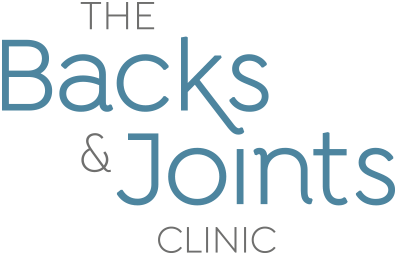It is a Matter of Balance
Balance is important throughout our lives and yet is often not appreciated. It is the basis of all of our movement and coordination: from learning to sit, stand and walk when we are very young, to learning to play sports, carrying shopping and getting out of a chair as we get older.
We take it for granted until it fails us. One in three people over 60 are estimated to fall each year - and can cause additional complications such as broken bones and significant bruising. Maintaining good balance reduces the risk of falling and helps us to maintain good posture, stability, coordination and reaction time.
How does balance work?
Balance is the state of equilibrium - the even distribution of weight whilst still or moving, enabling us to stay upright against the forces of gravity.
It is more complicated than it might seem, calling on information from three different systems in our body:
Our eyes - our visual system helps us assess our surroundings and orientate ourselves to the space around us
Our inner ears - the vestibular system supports us in recognising movements such as nodding, turning our heard, and laying down
Touch - our proprioception system is handled by the sensory receptors in our skin, ligaments, tendons and muscles. These receptors send messages to our brain about the position of our body. An example of this is touching our nose with one finger with our eyes closed. It also tells us the speed we are moving and details about the surface we are moving on, for example, slippery, soft or hard.
How to improve your balance
A number of factors can affect our balance - injury, illness, medication or just getting older. However, improving it is easier than you might think. You can do balance training in the comfort of your home with no equipment. Just work on it regularly and you will see improvements.
Test how good your balance is now by standing facing a wall without shoes. Stand on one leg and start counting. See how many seconds you can maintain in that position. Once you start to wobble or need to put your foot down then stop counting. Repeat the process with the other leg. The difference between the two legs can be quite signifcant and can be influenced by previous injuries such as ankle sprains.
How did you do? The goal is to hold your balance comfortably for 30 seconds on both legs.
Practise regularly and you will improve if you haven't met that goal yet. Here are some further exercise for you to try: Exercises for Balance
As you can see there are lots of ways to improve your balance, making it harder as you progress. It is important to keep working on it whatever your age - this is not just something for the over 60s. Professional athletes train regularly on maintaining balance to reduce injuries and improve performance.

